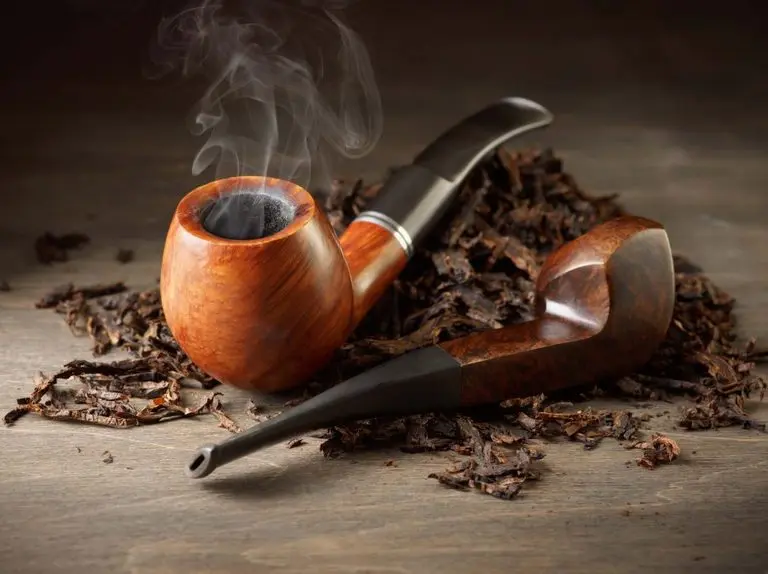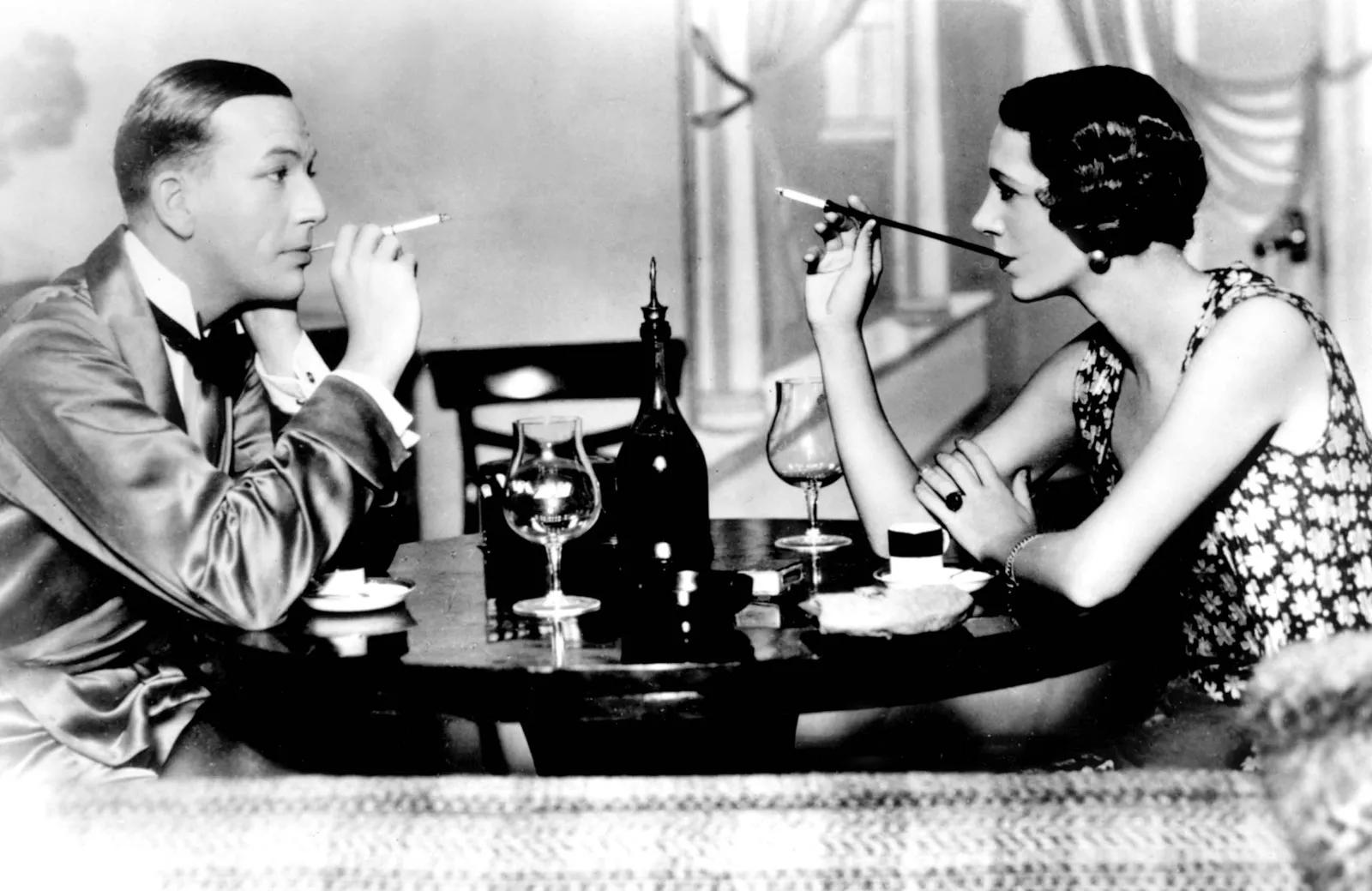Tobacco has a long history, with its origins dating back to the pre-Columbian Americas. Native Americans were the first to cultivate and smoke tobacco, using it for medicinal and ceremonial purposes. Christopher Columbus brought tobacco leaves and seeds back to Europe, but it wasn't until the mid-16th century that tobacco began to gain popularity among Europeans.
Early History of Tobacco
In the 16th century, adventurers and diplomats like France's Jean Nicot introduced tobacco to Europe. France, Portugal, Spain, and England were among the first European countries to experience tobacco's popularity. However, it was not until 1612 that the first successful commercial crop of tobacco was cultivated in Virginia by Englishman John Rolfe. Tobacco quickly became Virginia's largest export, fueling the demand for slave labor in North America.
Initially, tobacco was primarily used for pipe-smoking, chewing, and snuff. Cigars only gained popularity in the early 1800s, while cigarettes, in their crude form, had been around since the early 1600s. However, cigarettes did not become widely popular in the United States until after the Civil War, with the introduction of bright tobacco, a uniquely cured yellow leaf grown in Virginia and North Carolina. The invention of the first practical cigarette-making machine in the late 1880s by tobacco baron James Buchanan buck Duke further fueled the popularity of cigarettes.

The Surgeon General's Warning
During the early 20th century, the negative health effects of tobacco were not widely known. In fact, many early European physicians believed tobacco had medicinal benefits. However, as cigarette smoking became more prevalent, scientific and medical journals began to publish articles addressing the health effects of smoking. In 1930, researchers in Cologne, Germany, made a statistical correlation between cancer and smoking. Dr. Raymond Pearl of Johns Hopkins University further confirmed this correlation in 1938, reporting that smokers had shorter lifespans compared to non-smokers.
By 1944, the American Cancer Society began warning about the possible ill effects of smoking. However, it wasn't until 1952, when Reader's Digest published an article titled cancer by the carton, that the general public began to take notice. The article detailed the dangers of smoking and had a significant impact on public perception. Similar reports started appearing in other periodicals, and cigarette sales declined for the first time in over two decades in the following year.
In response to the growing health concerns, major U.S. tobacco companies formed the Tobacco Industry Research Council in 195They began mass-marketing filtered cigarettes and low-tar formulations to appeal to health-conscious consumers. These efforts were successful, and cigarette sales boomed once again.
The Surgeon General's Advisory Committee
In the early 1960s, a turning point came with the formation of the Surgeon General's Advisory Committee on Smoking and Health. This committee released a report in 1964 titled smoking and health, which unequivocally stated that cigarette smoking is causally related to lung cancer in men. The report also noted that the average smoker is nine to 10 times more likely to get lung cancer than a non-smoker.
The release of this report prompted significant changes in tobacco regulations. In 1965, the Federal Cigarette Labeling and Advertising Act was passed, requiring the placement of warning labels on cigarette packages. In 1971, all broadcast advertising of cigarettes was banned. Further restrictions were implemented, such as smoking bans on interstate buses and domestic airline flights lasting six hours or less in 1990. In 1994, Mississippi filed the first of 22 state lawsuits seeking to recoup healthcare costs from tobacco companies. In 1995, President Clinton announced plans to regulate tobacco, particularly sales and advertising aimed at minors.
The first man to smoke tobacco is not definitively known. However, Native Americans were the first to cultivate and smoke tobacco in the pre-Columbian Americas. They used tobacco for medicinal and ceremonial purposes, long before it was introduced to Europe by Christopher Columbus.

The first cigarettes were not invented but rather improvised by beggars in Sevilla (Seville) in the early 16th century. They would pick up discarded cigar butts, shred them, and roll them in scraps of paper, creating what is known as cigarrillos or little cigars. These improvised cigarettes became popular among the less affluent population.
Later in the 18th century, these improvised cigarettes gained respectability and spread to Italy, Portugal, the Levant, and Russia. French and British troops in the Napoleonic Wars became familiar with Turkish cigarettes, and the French referred to them as cigarettes. In the United States, cigarettes filled with unmixed Virginia tobacco became popular, while British taste shifted towards a blend that included Turkish tobacco.

Initially, all cigarettes were made by hand either by the smoker or in factories. In 1880, James A. Bonsack patented a cigarette machine that automated the process of forming, pasting, closing, and cutting tobacco onto a continuous strip of paper. This invention revolutionized cigarette production and led to the growth of the cigarette industry in several European countries.
Over the years, improvements in cultivation and processing made cigarettes more appealing and easier to inhale. However, in the 1950s and '60s, research began to link cigarette smoking with health hazards, such as lung cancer, emphysema, and heart disease. Despite growing awareness of the health risks, smoking continued to increase, particularly in less-developed countries.
In Conclusion
Tobacco has a long and complex history, starting with its use by Native Americans in the pre-Columbian Americas. The popularity of tobacco spread to Europe in the 16th century, and it eventually became a cash crop in North America. Cigarettes gained popularity in the 19th century, and their health risks became widely known in the 20th century.
Today, tobacco use and smoking are heavily regulated due to the proven health risks associated with them. While the history of tobacco is fascinating, it is essential to recognize the negative effects it has on individuals' health and the importance of making informed choices regarding tobacco use.
If you want to know other articles similar to The history of tobacco: from native american rituals to global popularity you can visit the History category.


Related Articles